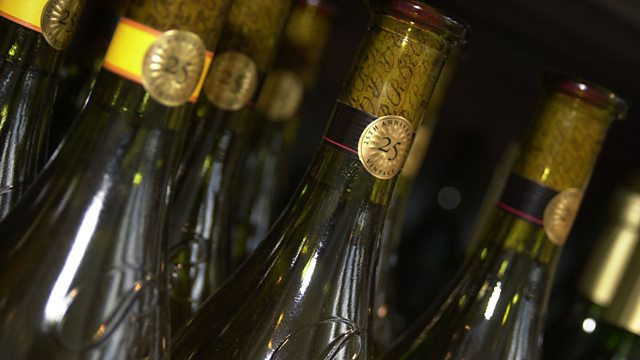The Terroirs of Burgundy
Philosopher and wine columnist Barry Smith heads to Burgundy to profile a 1994 Meo-Camuzet Vosne Romanee, Aux Brulee.
Wine has been made by most civilisations throughout history, and in every part of the world. It has inspired artists, thinkers, writers, theologians and poets through the ages, and is deeply connected with the story of recorded human history. In this series, five wine critics offer personal reflections on the personal, political, and historical stories of bygone bottles.
In the final episode, philosopher and wine columnist Barry Smith heads to Burgundy to profile a 1994 Meo-Camuzet Vosne Romanee, Aux Brulee. Having unexpectedly tasted this bottle in Brussels, he researched its roots and unearthed a fascinating cultural story.
This particular bottle comes from the heart of Burgundy, a unique wine region, cultivated by Cistercian monks since the 13th century. As Barry discovered by visiting the region, each village appended its name to a famous vineyard - Gevrey Chambertin, Chambolle Musigny, and Puligny Montrachet. After the French revolution, the vineyards passed from the church and crown to the peasant farmers, whose sons inherited equally following Napoleonic laws. And so the famous vineyards were divided again and again, among many growers, each working their rows of vines.
Even today, individual growers, not corporations, control 67% of the vineyards in the region, and it is through marriages that growers acquire more land to bolster their vineyard territory. This, we will discover, is why so many Burgundian wine producers have two names.
An SPG production for 麻豆社 Radio 4.
Last on
Broadcasts
- Fri 3 Nov 2017 12:04麻豆社 Radio 4
- Sat 13 Oct 2018 21:45麻豆社 Radio 4
A Five-step Guide to Becoming a Wine Bluff...
Many of us don't know our Grenache from our Gew眉rztraminer: here's how to avoid the shame

